I’ve never really been a fan of photo field guides. In the past, I’ve always gravitated towards the more nuanced interpretation of a skilled illustrator to highlight key features, to help me identify birds/animals/plants in the field. While that still largely holds true, photo-guides have come on in leaps and bounds since I first encountered them, and for many wildlife enthusiasts are becoming a viable alternative to more traditional illustrated guides.
The best photo guides I’ve seen to date have been the wonderful “Birds of Ireland, A Field Guide” by Jim Wilson and Mark Carmody, and the superb “Britain’s Birds: An identification guide to the birds of Britain and Ireland” by Rob Hume, Robert Still, Andy Swash, Hugh Harrop and David Tipling (I have the first edition, although there’s a revised second edition out now), both of which came close to luring me away from my trusty Collins Field Guide. But not quite. Somehow, I always turned back to the illustrated guide.
Now Hume, Still, Swash and Harrop are back, with a book that broadens the scope of their British and Irish guide to encompass the rest of Europe. “Europe’s Birds: An Identification Guide” is the latest bird field guide from the Wild Guides team, published by Princeton University Press. Like its predecessors, this is a beautifully produced book, crammed with some of the most exquisite bird photography I’ve seen in any field guide to date. The plates seem to have been updated — from the first edition of Britain’s Birds at least (I don’t have a second edition to compare it to). However, through necessity, I guess, birds that were afforded a double-page spread in the Britain and Ireland guide (Common Gull, for example) are relegated to a single page in this European guide, which has to accommodate quite a few more species (928 all in — with a whopping 4,700 photographs).
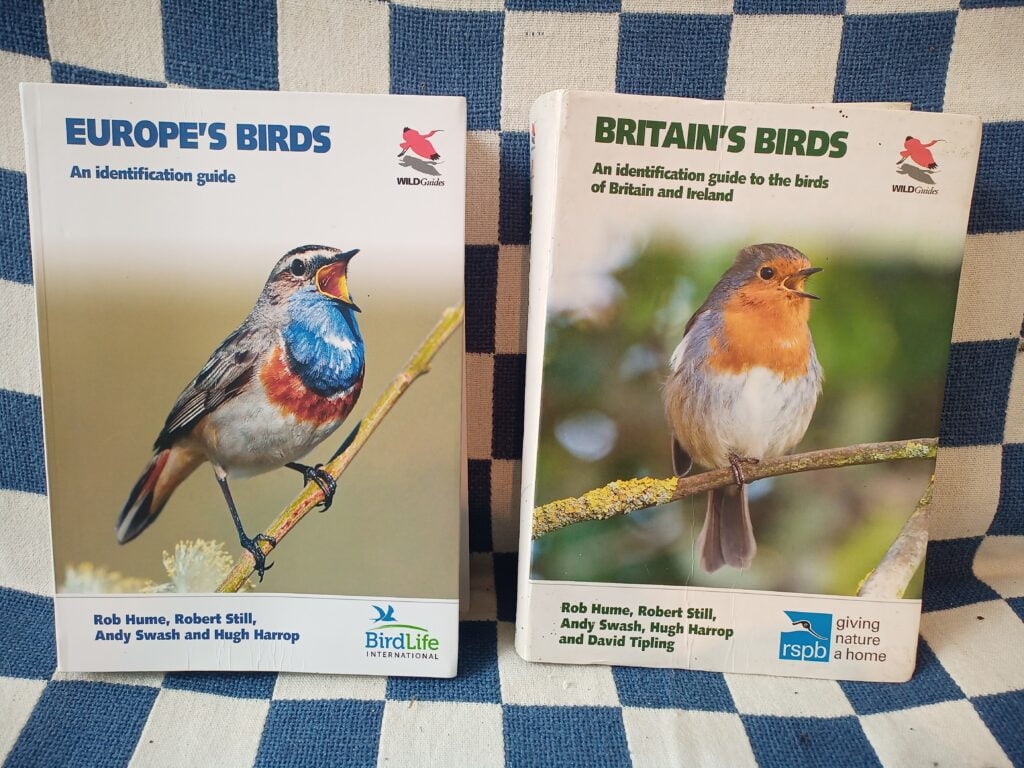
Of course, as is the norm with contemporary photo field guides, this guide shows several images of each bird, showing different behaviours and plumage types. Once the Achilles heel of photo-guides, the notion that illustrated guides offer a more complete picture of the bird in various situations no longer holds true.
The book starts with a brief introduction, the obligatory “How to use this book” section (does anybody ever read that part?) with lessons on bird anatomy, ageing, sexing and moulting, and an explanation of how the species accounts are laid out. Then there’s a handy gallery, illustrated with thumbnail photographs, showing the various bird types in the taxonomic order they’re laid out in the book, giving you a quick reference with page numbers to quickly flick to the relevant part of the book.
Then for each group (wildfowl, for example) you have a couple of introductory pages showing the key characteristics for main sub-groups (swans, shelducks, geese and ducks for the aforementioned wildfowl), and where relevant, a series of plates showing the various species in flight. Next come the detailes species accounts.
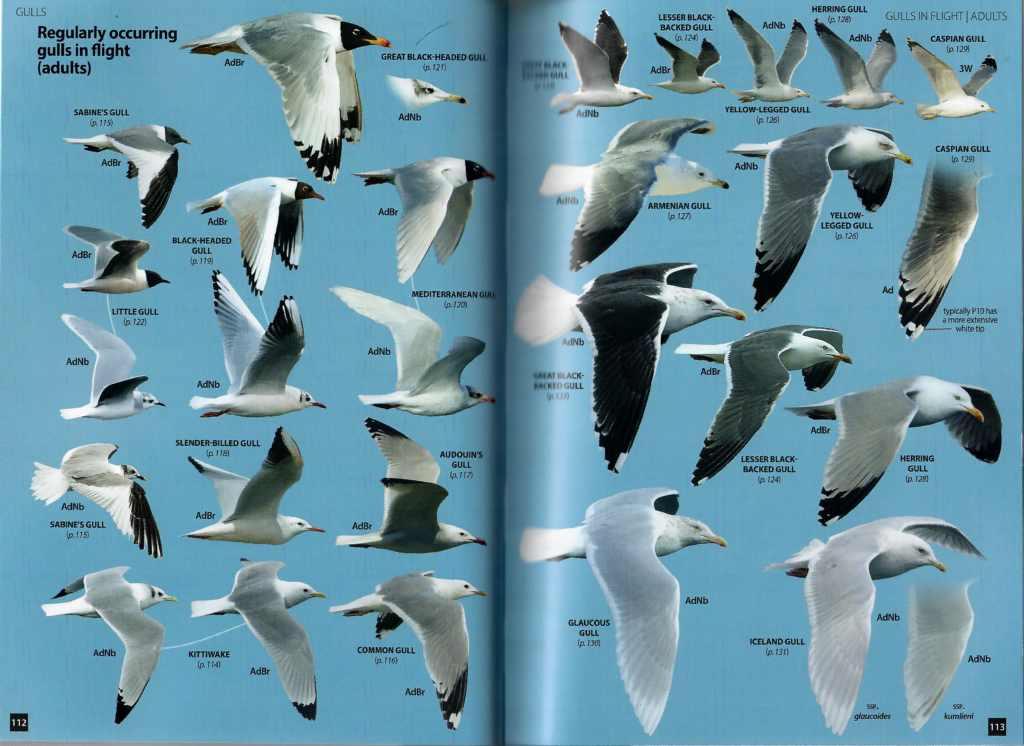
They include the English and scientific name, size range, distribution map and an indication of the species’ conservation status in Europe and globally. There’s a concise but accurate description covering the main plumage types, vocalisation and flight characteristics and, again where relevant, a handy box highlighting potential confusion species. The rest of the page (for most species, although some species get only a half-, third- or even a quarter-page) is beautifully illustrated with stunning photographs of the bird in question, punctuated where appropriate by handy text call-outs pointing out key field ID features.
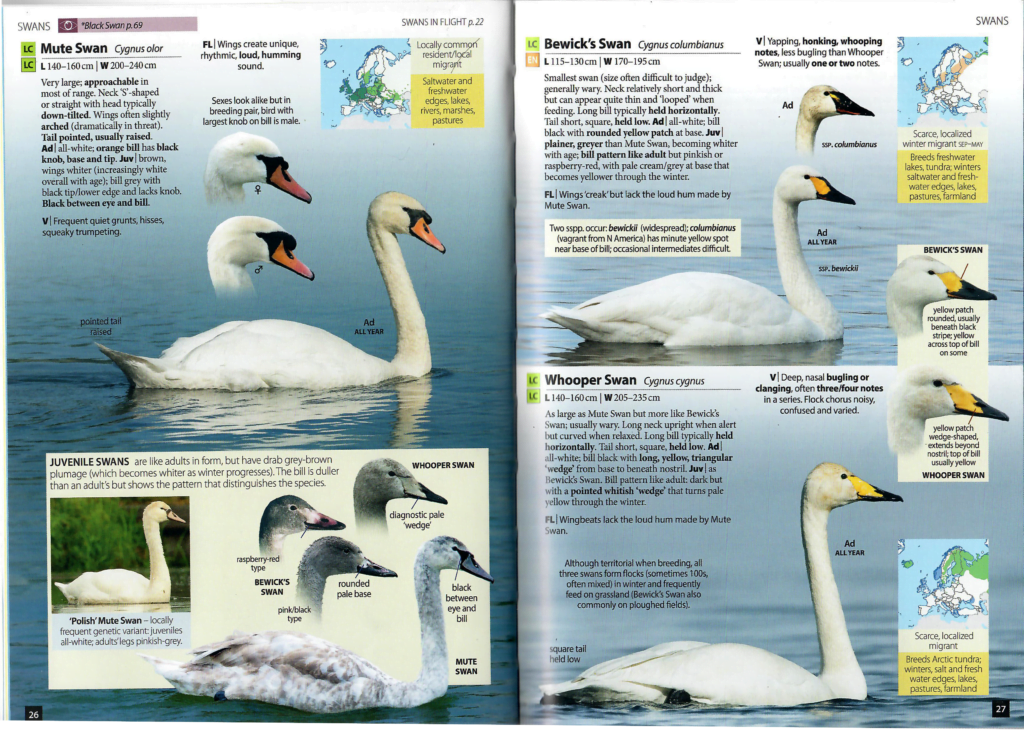
The book has everything you could want to confidently ID birds in the field, or, as is more often the case these days, when browsing through the photographs on your memory card some time later. That said, this is no slight tome: it’s scope makes this a hefty volume to carry around when you’re birding. My hard-copy field guides spend most of their time either on a shelf in my home office, or lurking in the glove box of my car, while I rely on the marvelous and much more convenient Collins Bird Guide app on my phone for ID help in the field.
Of course, one thing an app can’t replicate is the sheer joy of flicking through a real field guide to look up birds you’ve seen and/or learn more about how to identify birds you’d like to see. For that, Europe’s Birds fits the bill perfectly. It really is a lovely book.
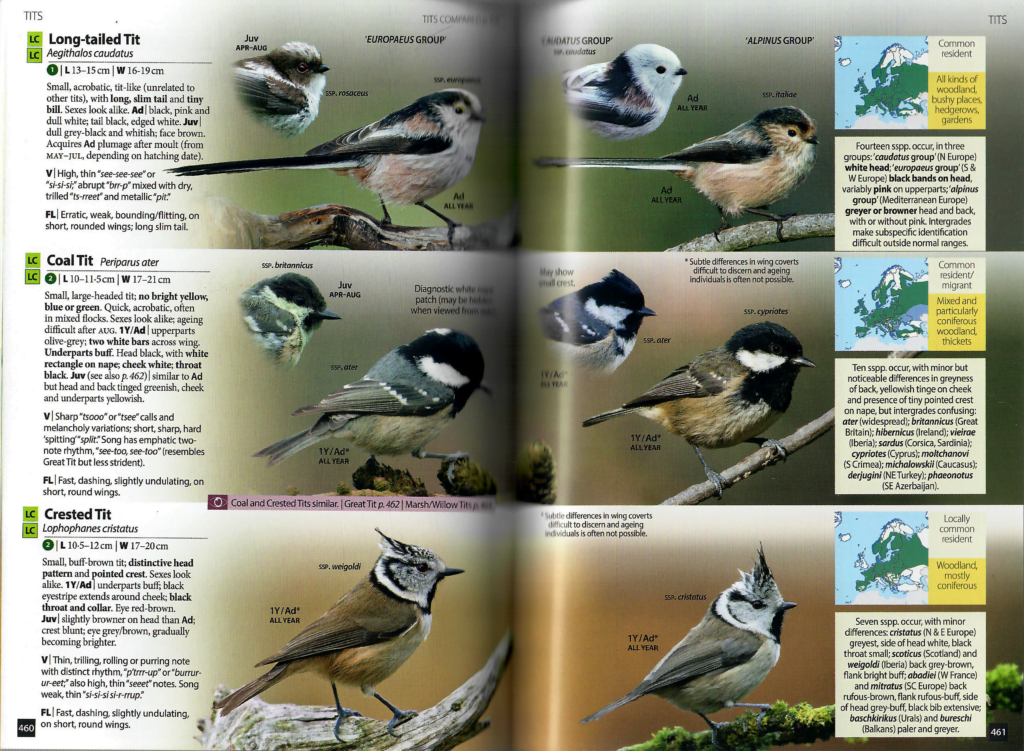
Europe’s Birds: An Identification Guide by Rob Hume, Robert Still, Andy Swash and Hugh Harrop is produced by Wild Guides and published by Princeton University Press. You’ll find it in all good online and offline bookshops, and can pick up a copy on Amazon UK here.
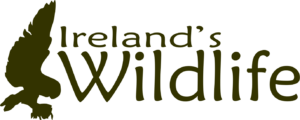

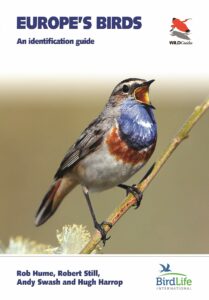

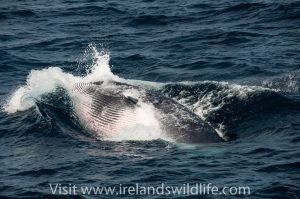

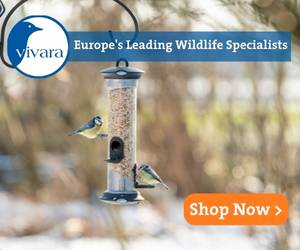



1 comment
J C Crowley
I agree completely with Mr. Jones’ assessment. While it’s not exactly pocketable at 1.376kg, [ 3lb to us codgers ] it is an encyclopedic reference, as also is Tomasz Cofta’s Flight Identification ….etc. in the same series.
I got mine from Kennys in Galway, p & p included and free of dubious import charges.